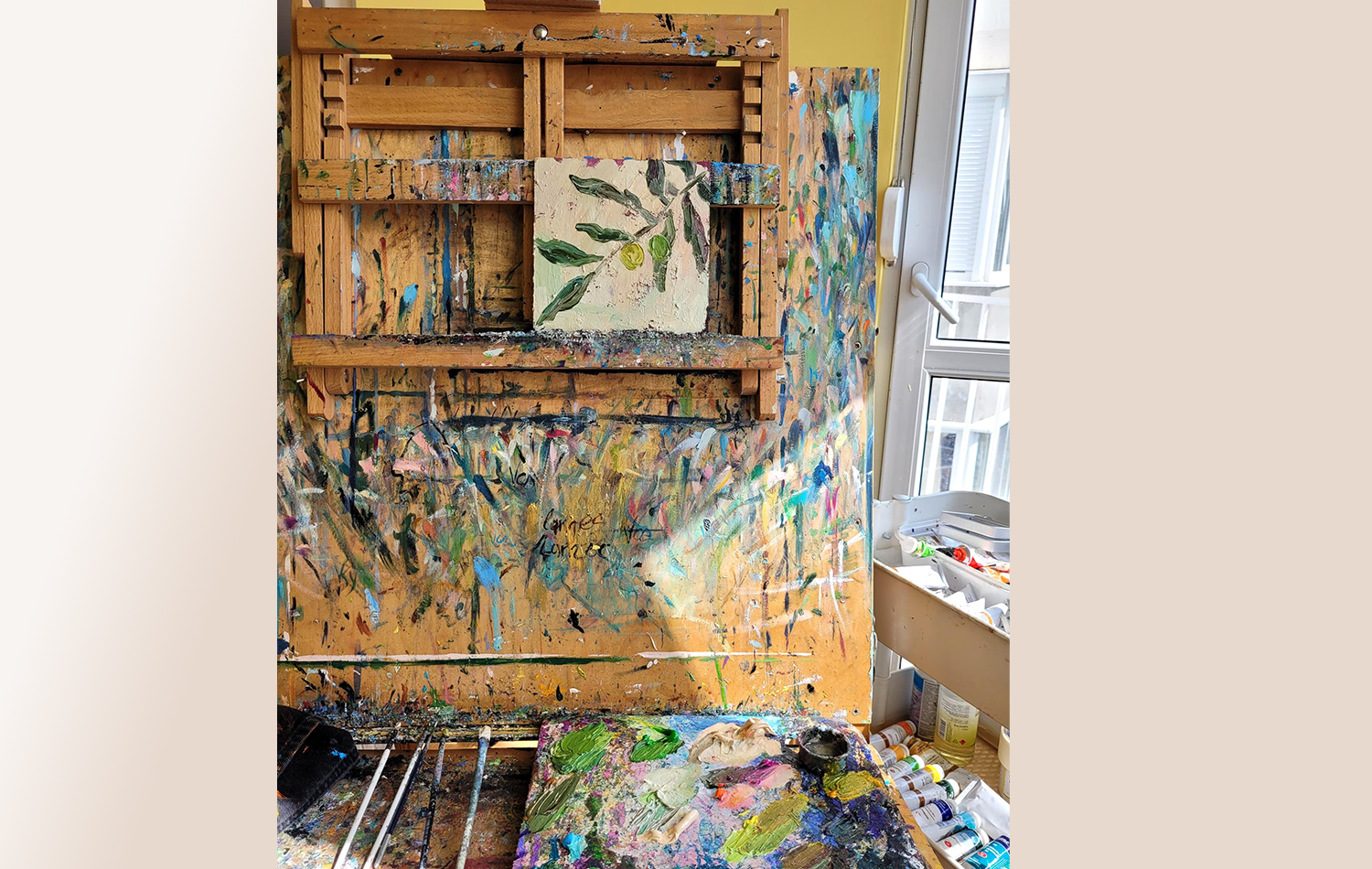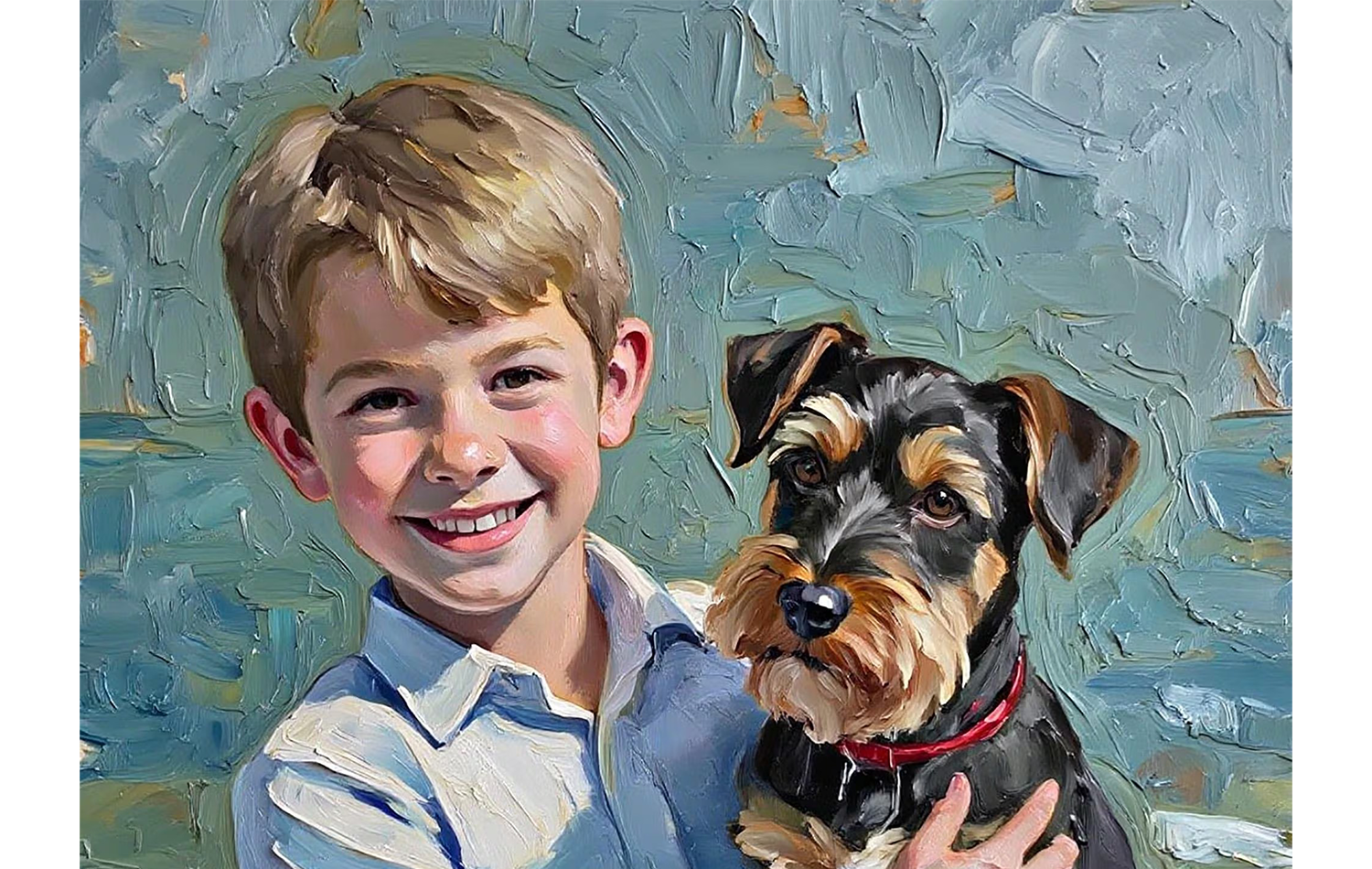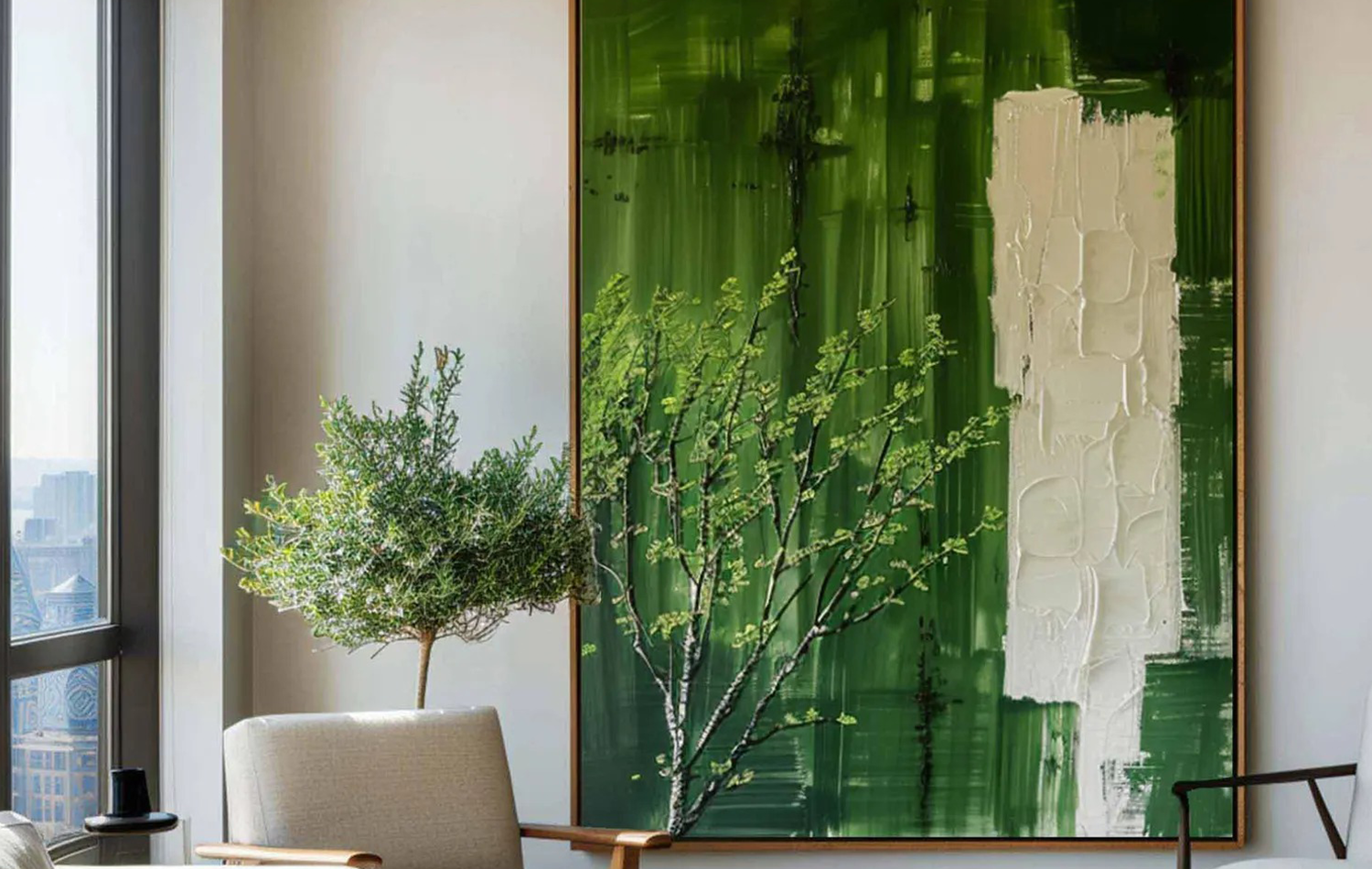
Beginner’s Guide to Oil Painting: Essential Tips to Start Your Artistic Journey
Oil painting is a timeless and rewarding art form, but starting can feel overwhelming. If you want to learn oil painting, this guide will walk you through the basics—from choosing materials to mastering foundational techniques.
Why Learn Oil Painting?
Oil paints offer rich colors, smooth blending, and long-lasting durability. Unlike acrylics or watercolors, oils dry slowly, giving you more time to perfect your work. Whether you dream of creating landscapes, portraits, or abstract art, oil painting is a fantastic medium to explore.
Essential Materials for Beginners
Before you start, gather these key supplies:
- Oil Paints – Start with a basic set (titanium white, ultramarine blue, cadmium red, yellow ochre, burnt umber).
- Brushes – Get a variety (flat, round, filbert) in different sizes.
- Canvas or Panels – Pre-stretched canvases or primed boards work well.
- Palette & Palette Knife – For mixing colors.
- Solvents & Mediums – Odorless mineral spirits (for thinning) and linseed oil (for gloss).
- Easel – Optional but helpful for posture and control.
Basic Oil Painting Techniques
As you learn oil painting, practice these fundamental methods:
- Underpainting – A monochrome base layer to establish values.
- Layering – Work from thin (lean) to thick (fat) paint for better drying.
- Blending – Soften edges with a clean, dry brush.
- Glazing – Apply transparent layers for luminous effects.
- Impasto – Thick, textured strokes for bold highlights.
Step-by-Step First Painting
- Sketch Your Idea – Lightly outline your composition in pencil or thin paint.
- Block in Colors – Start with large shapes and dark tones.
- Refine Details – Build layers gradually, letting each dry slightly.
- Final Touches – Add highlights and adjust contrasts.
Common Mistakes & How to Avoid Them
- Using too much paint too soon – Thin layers dry faster and prevent cracking.
- Not cleaning brushes properly – Use soap and water (for water-mixable oils) or solvent.
- Skipping the drying time – Patience prevents muddy colors.
Tips for Continued Learning
- Watch tutorials from artists you admire.
- Join an online or local art class to learn oil painting techniques.
- Experiment with different styles—realism, impressionism, or abstract.
Final Thoughts
Oil painting is a journey, not a race. Start small, practice consistently, and enjoy the process. With these beginner tips, you'll gain confidence and creativity in no time!

